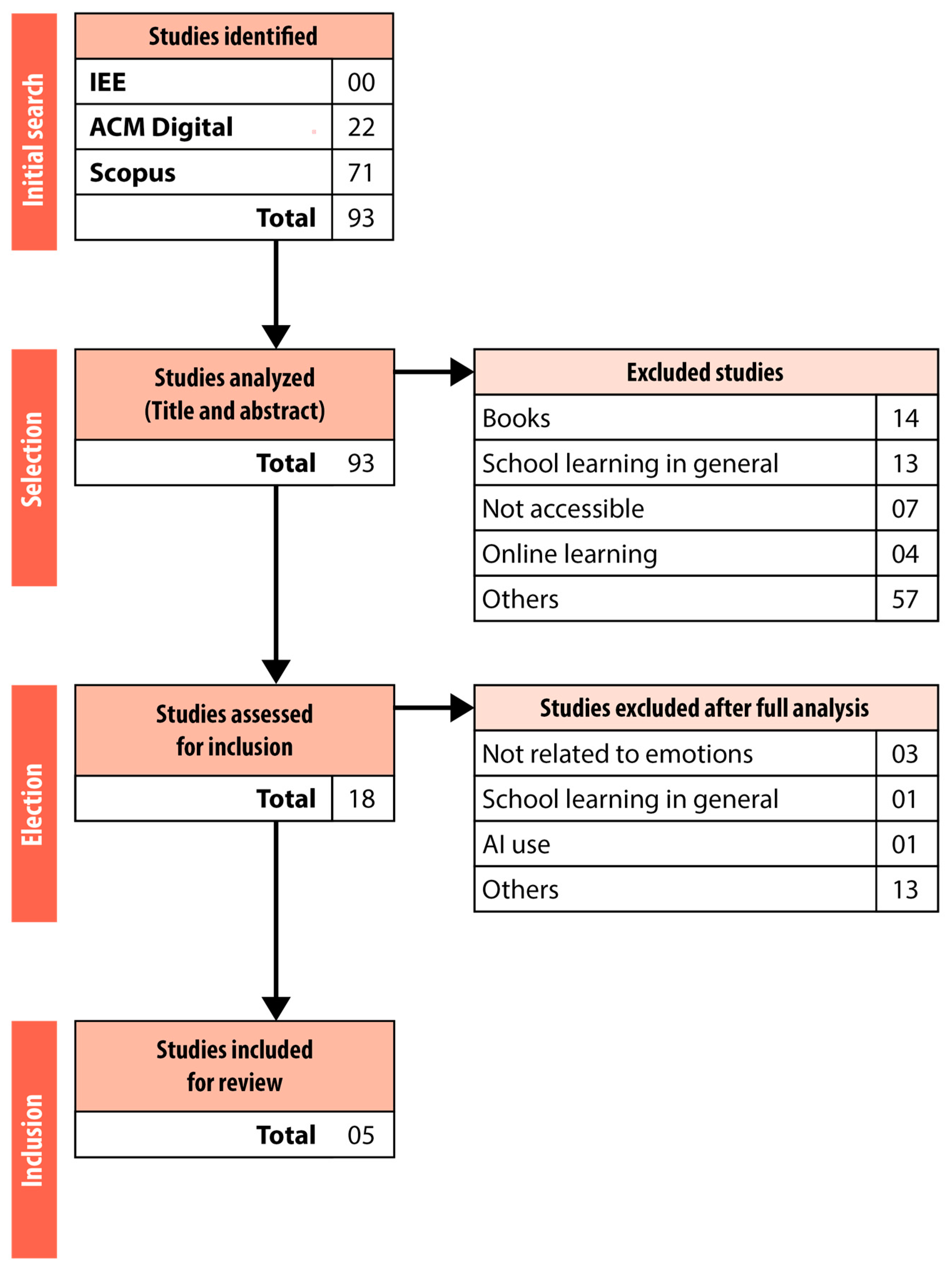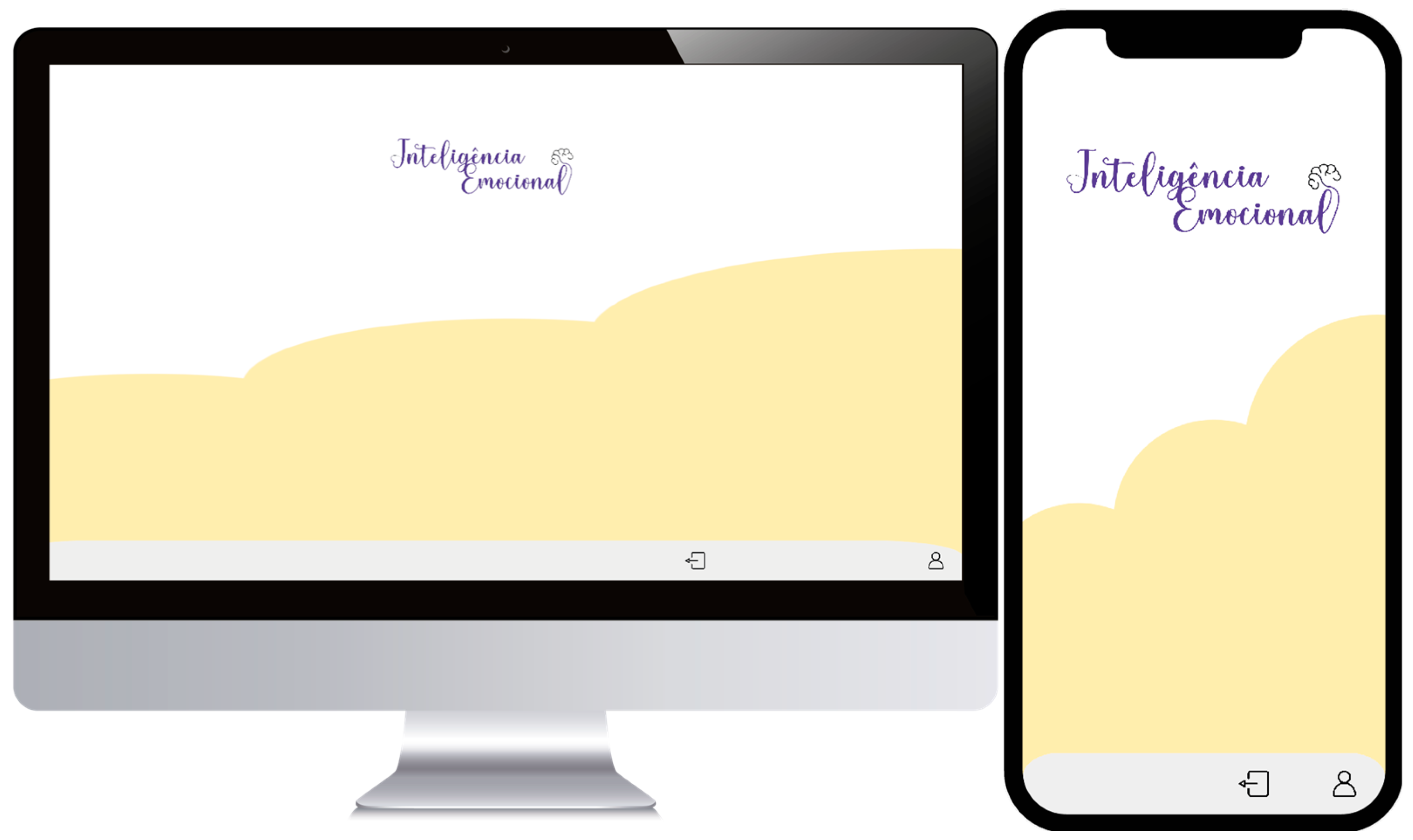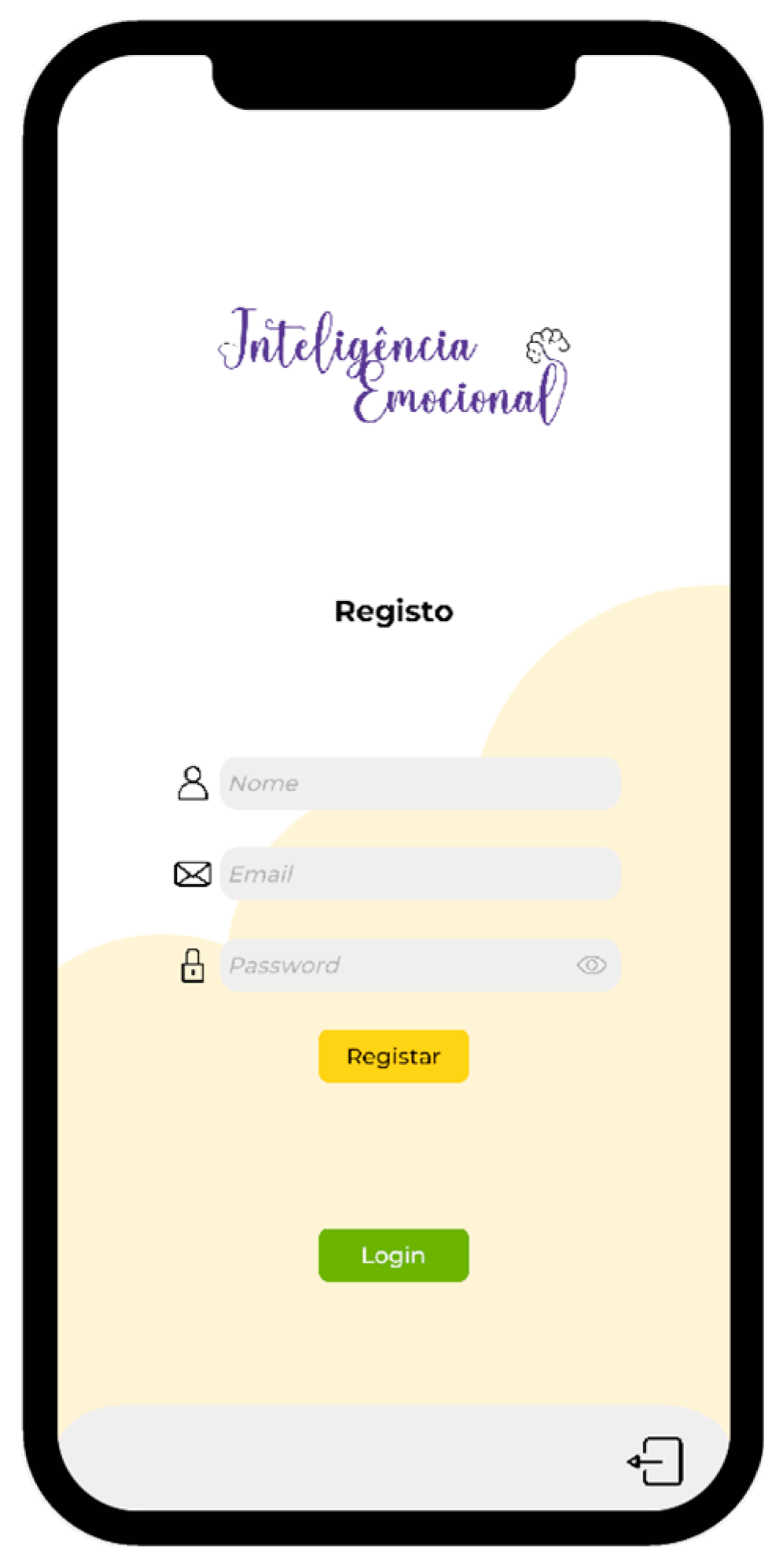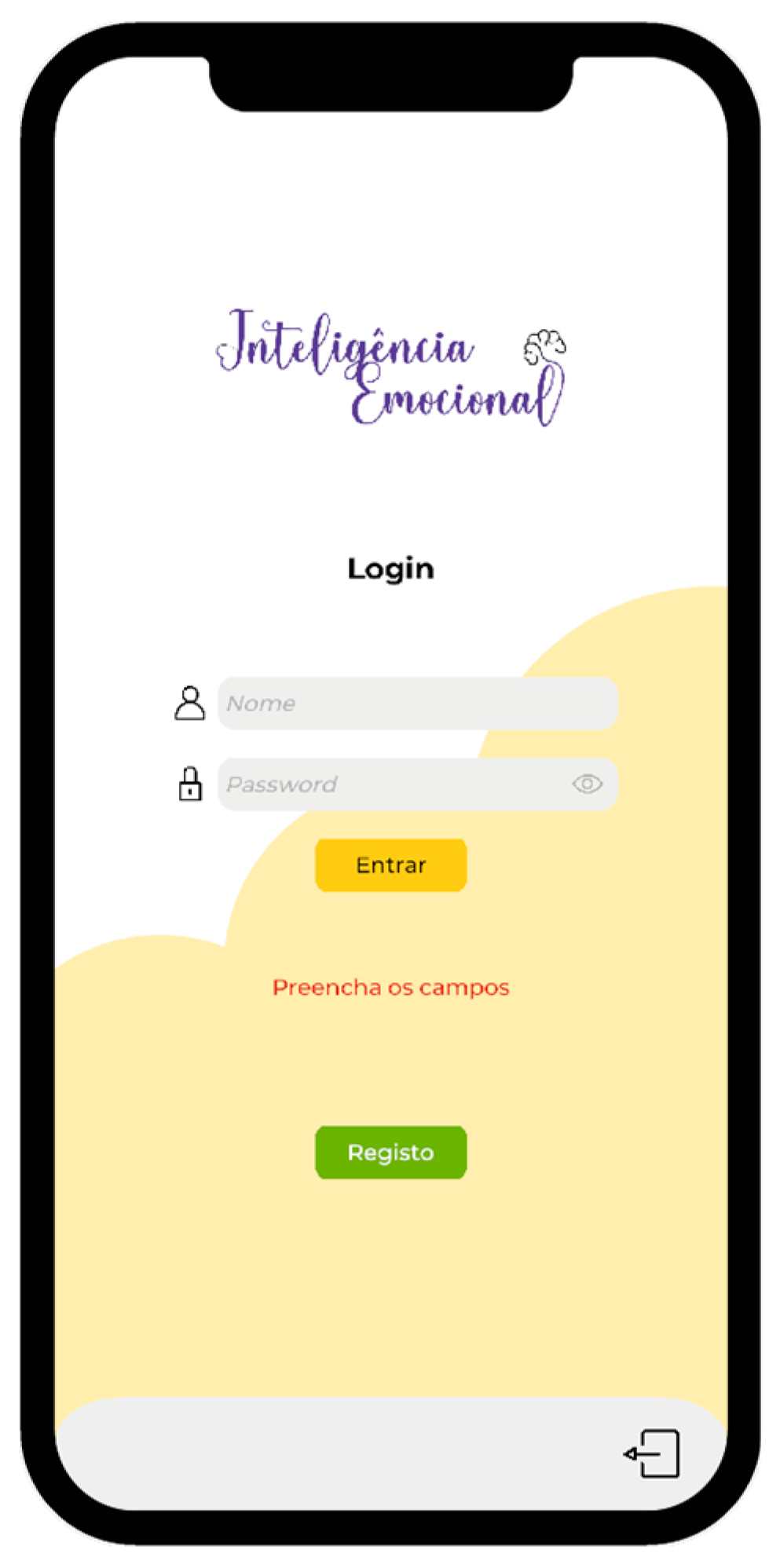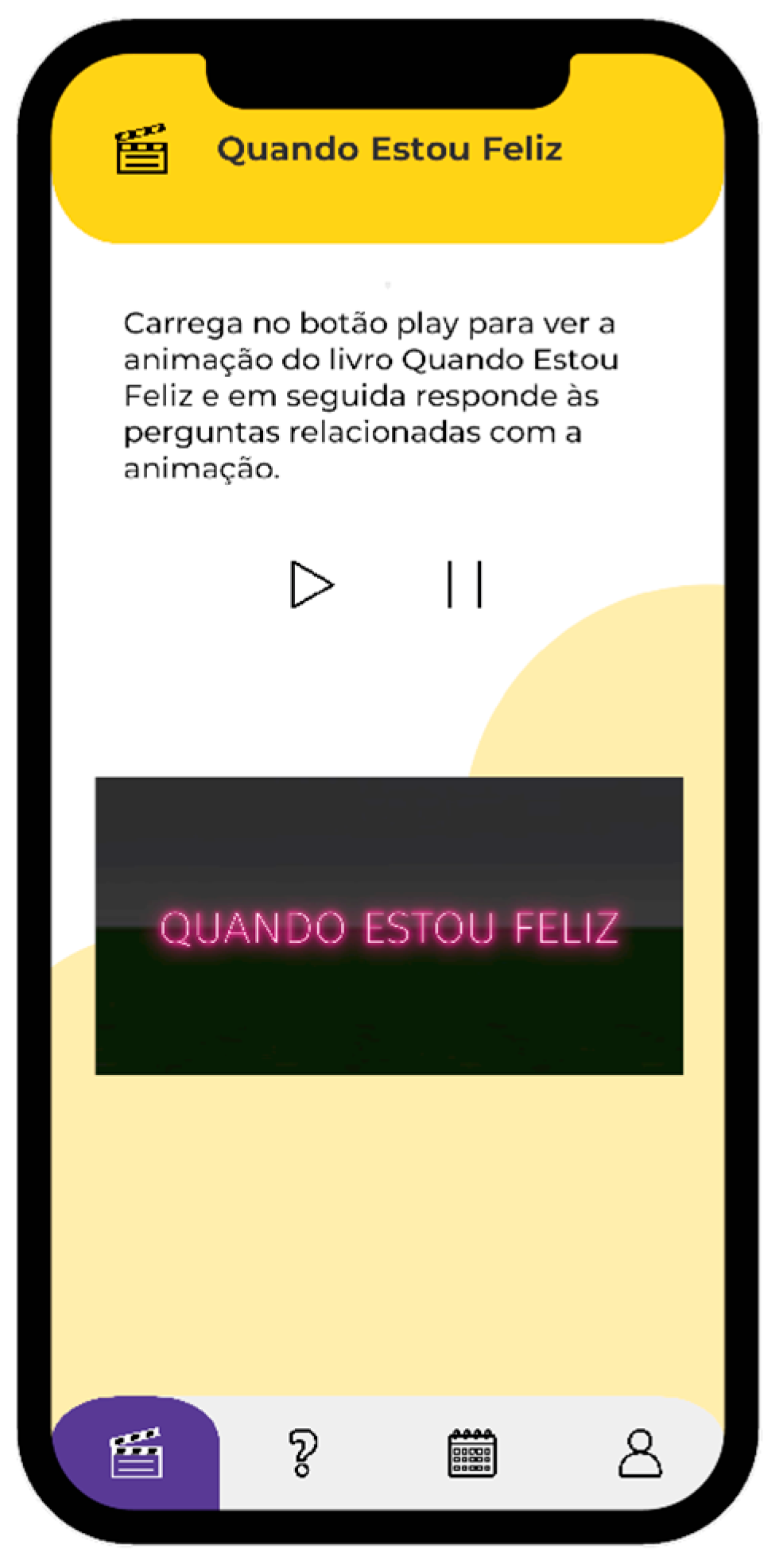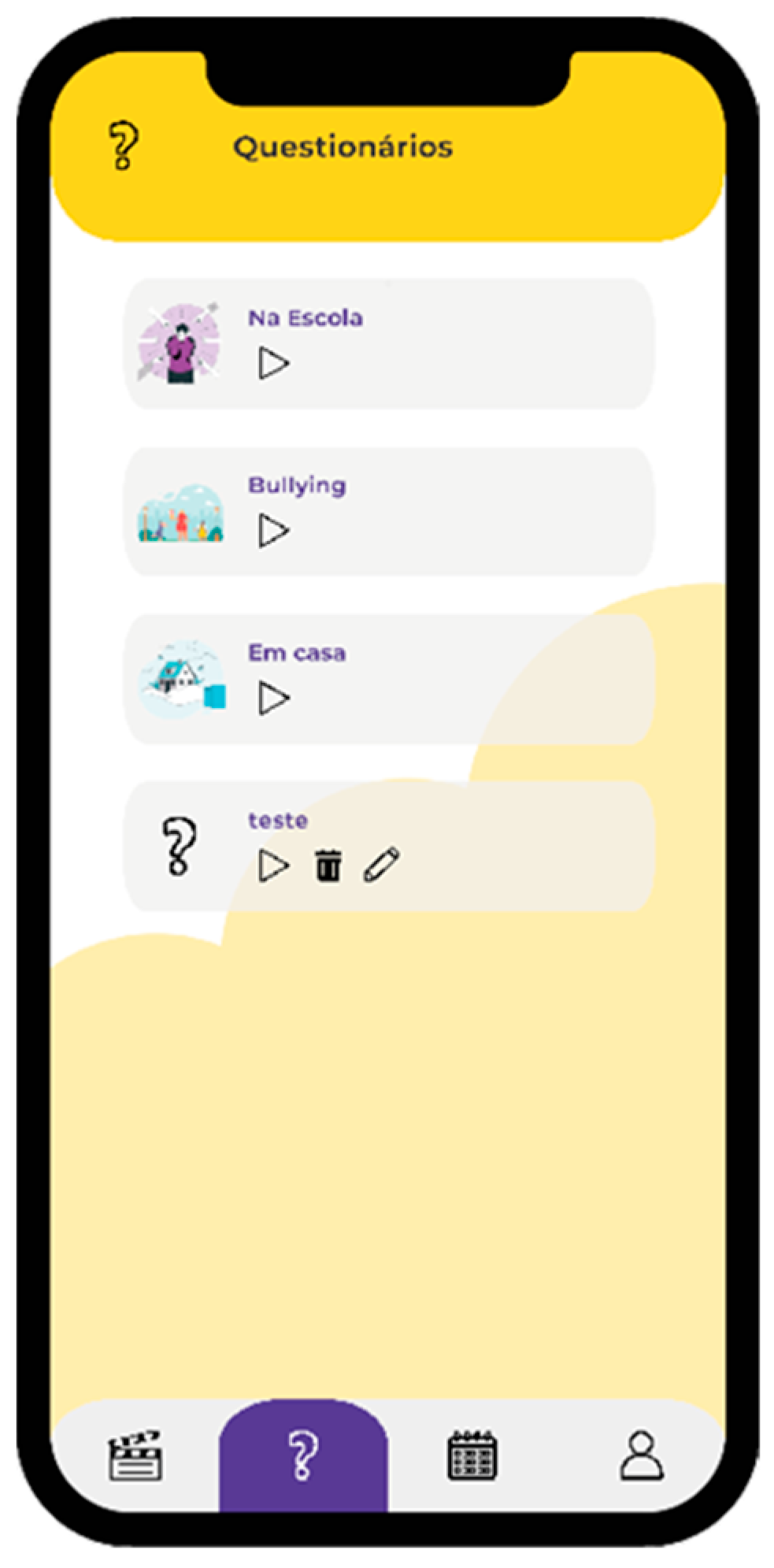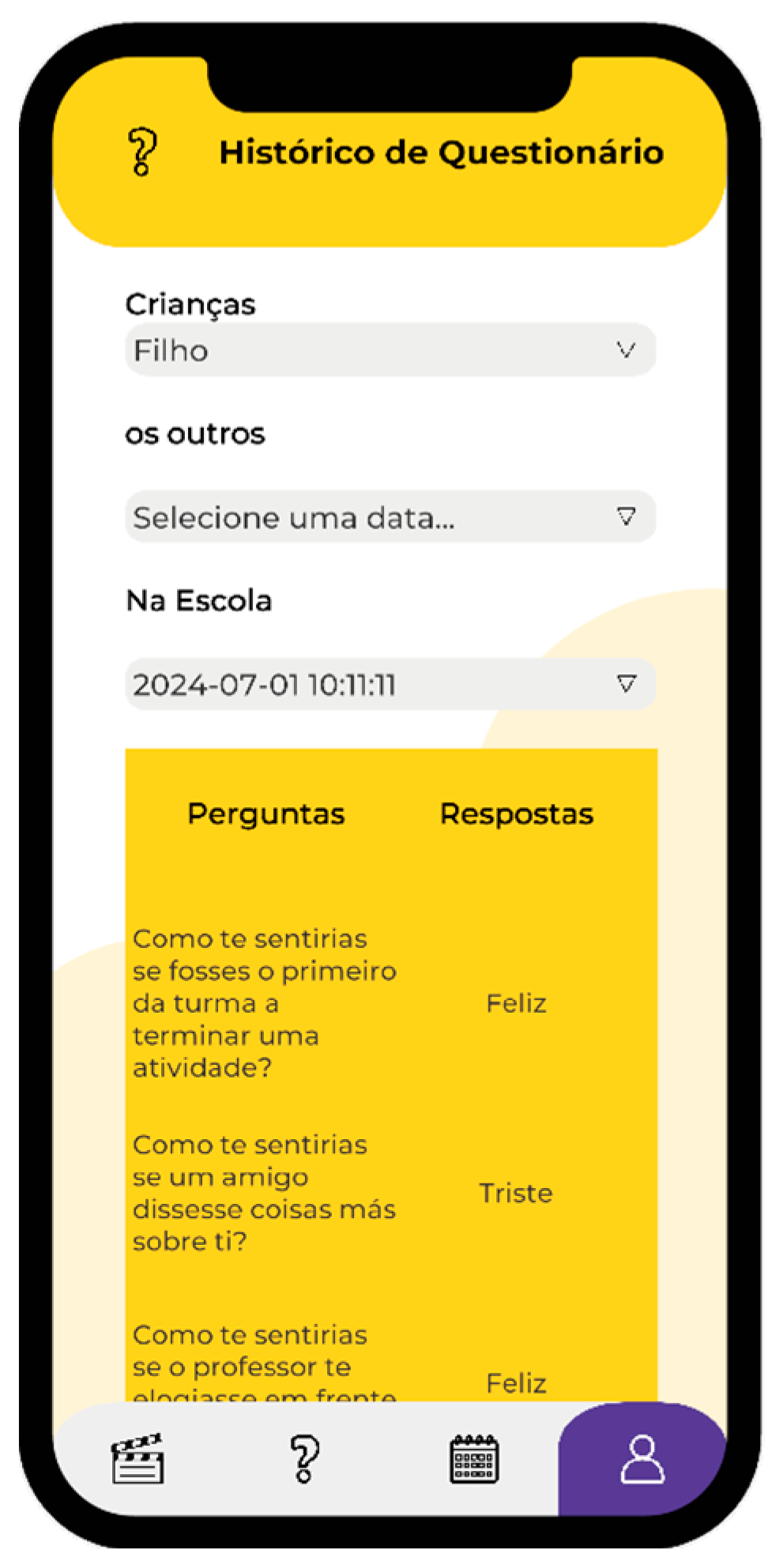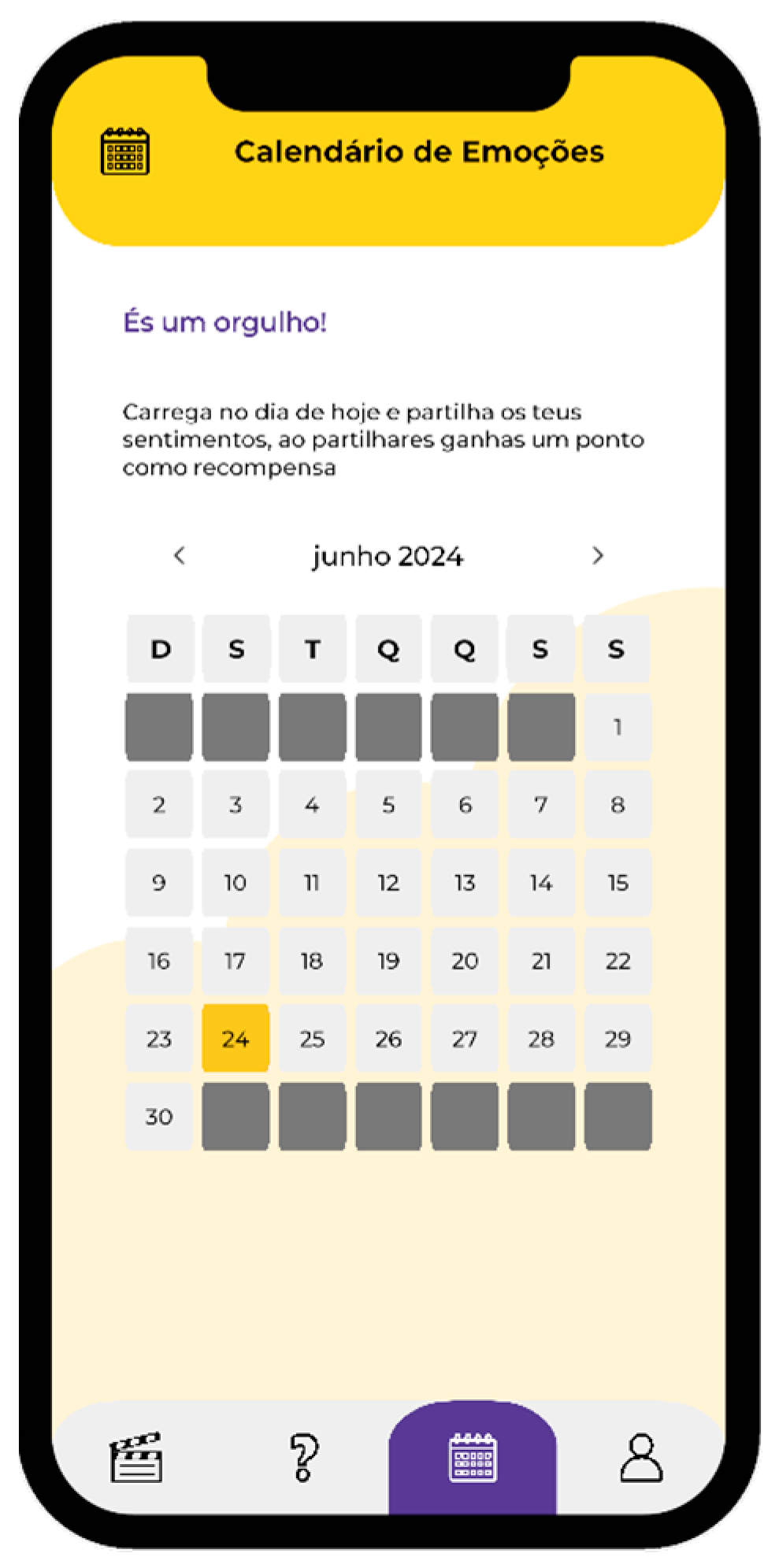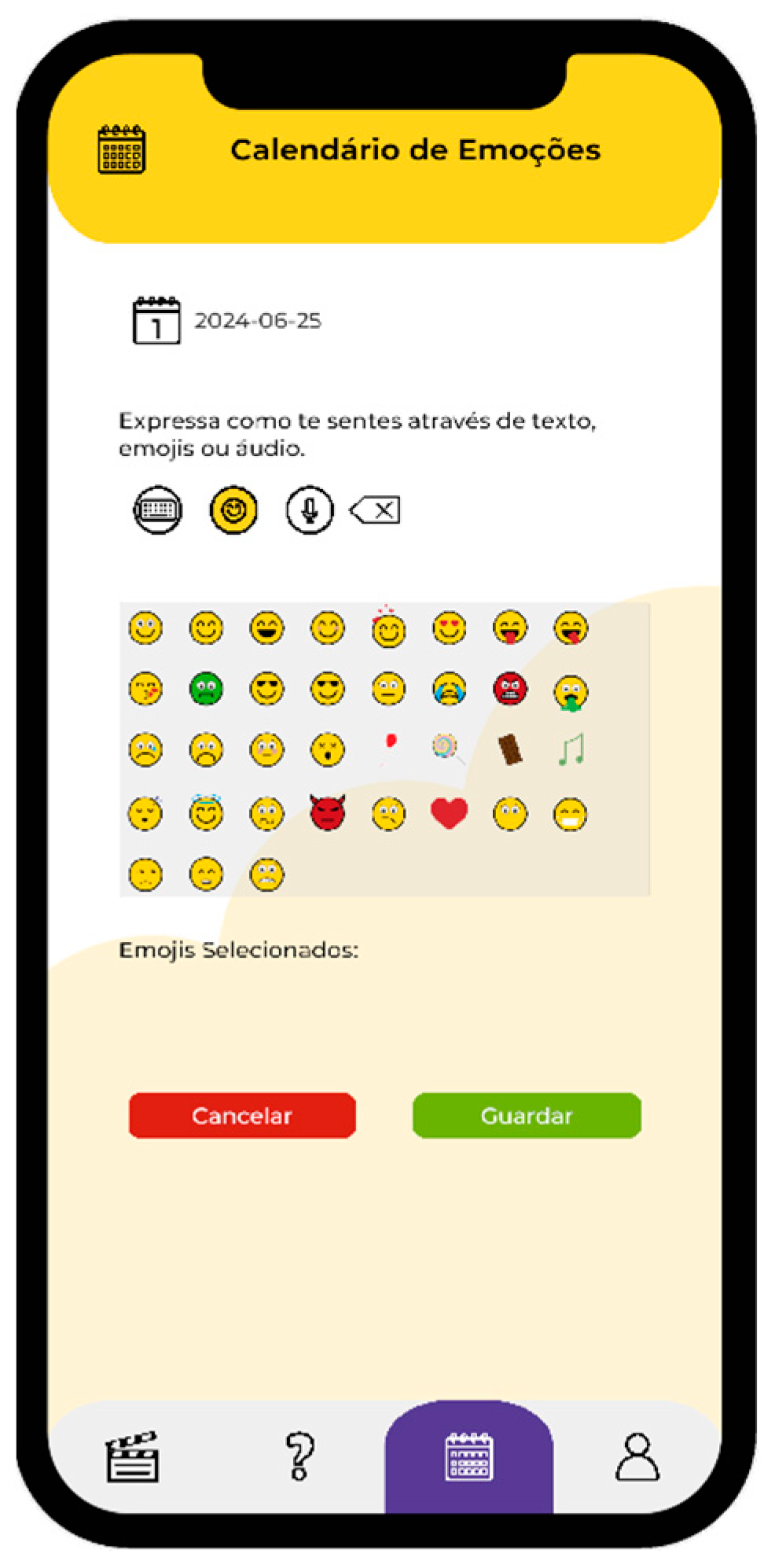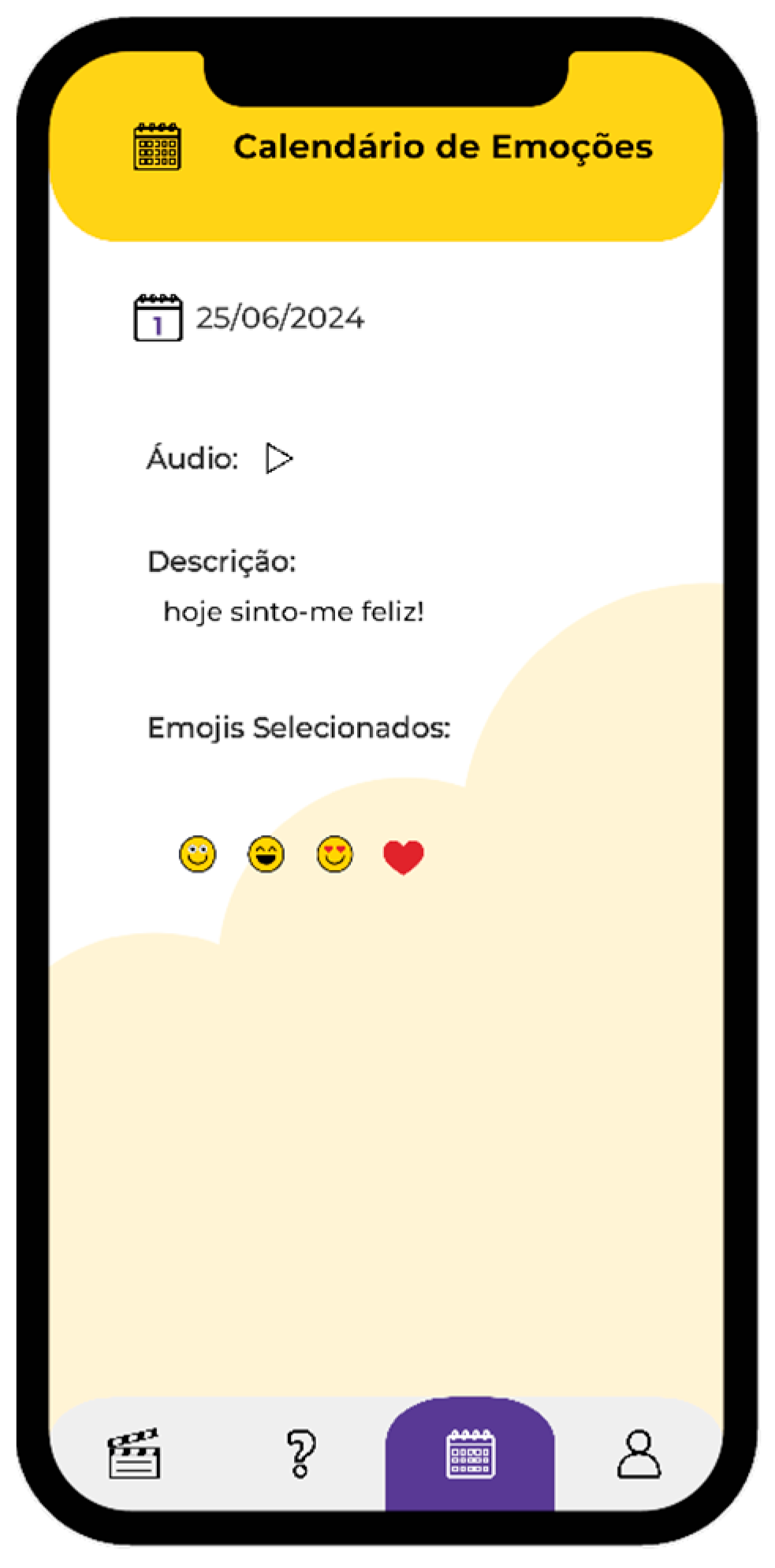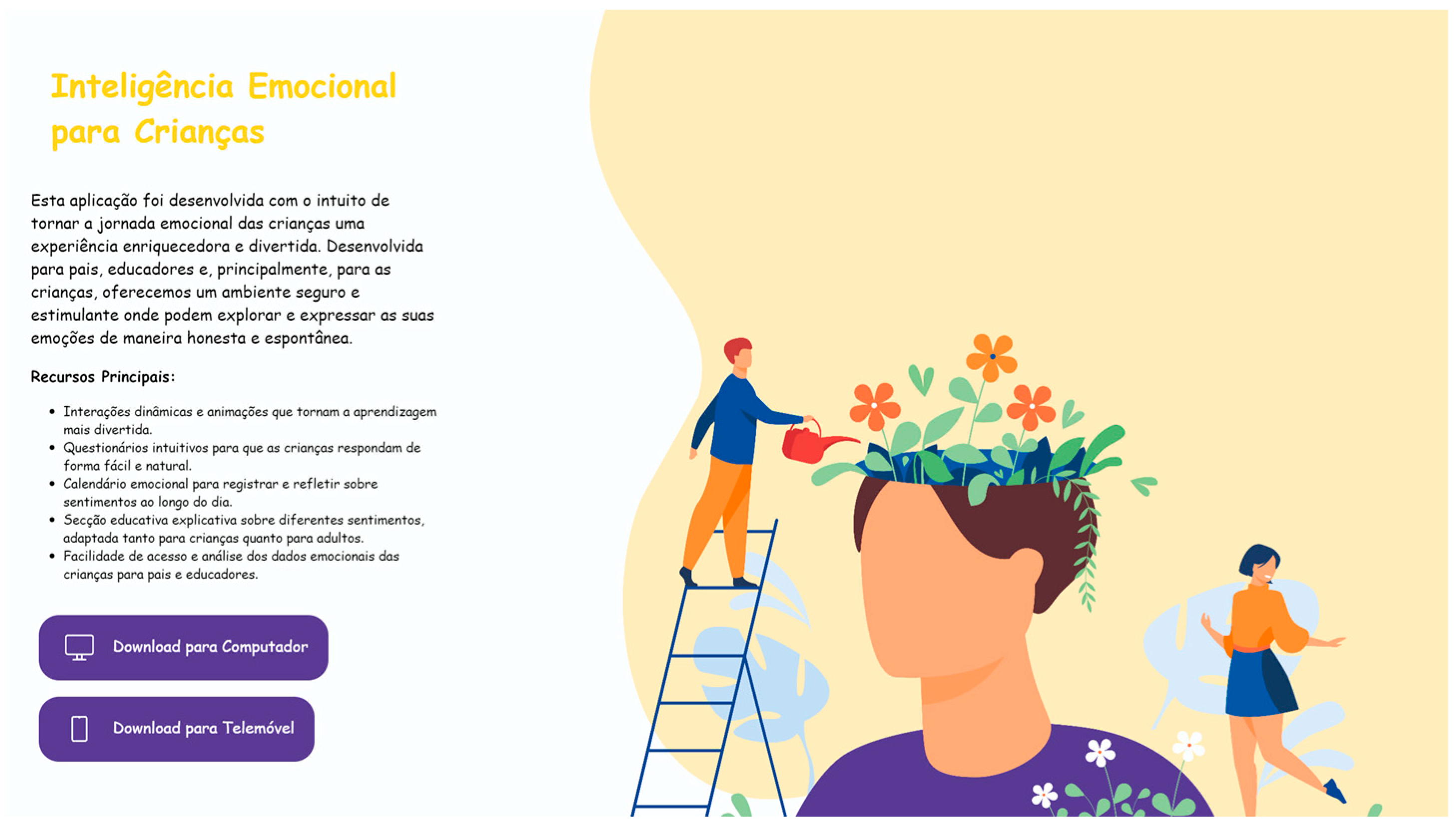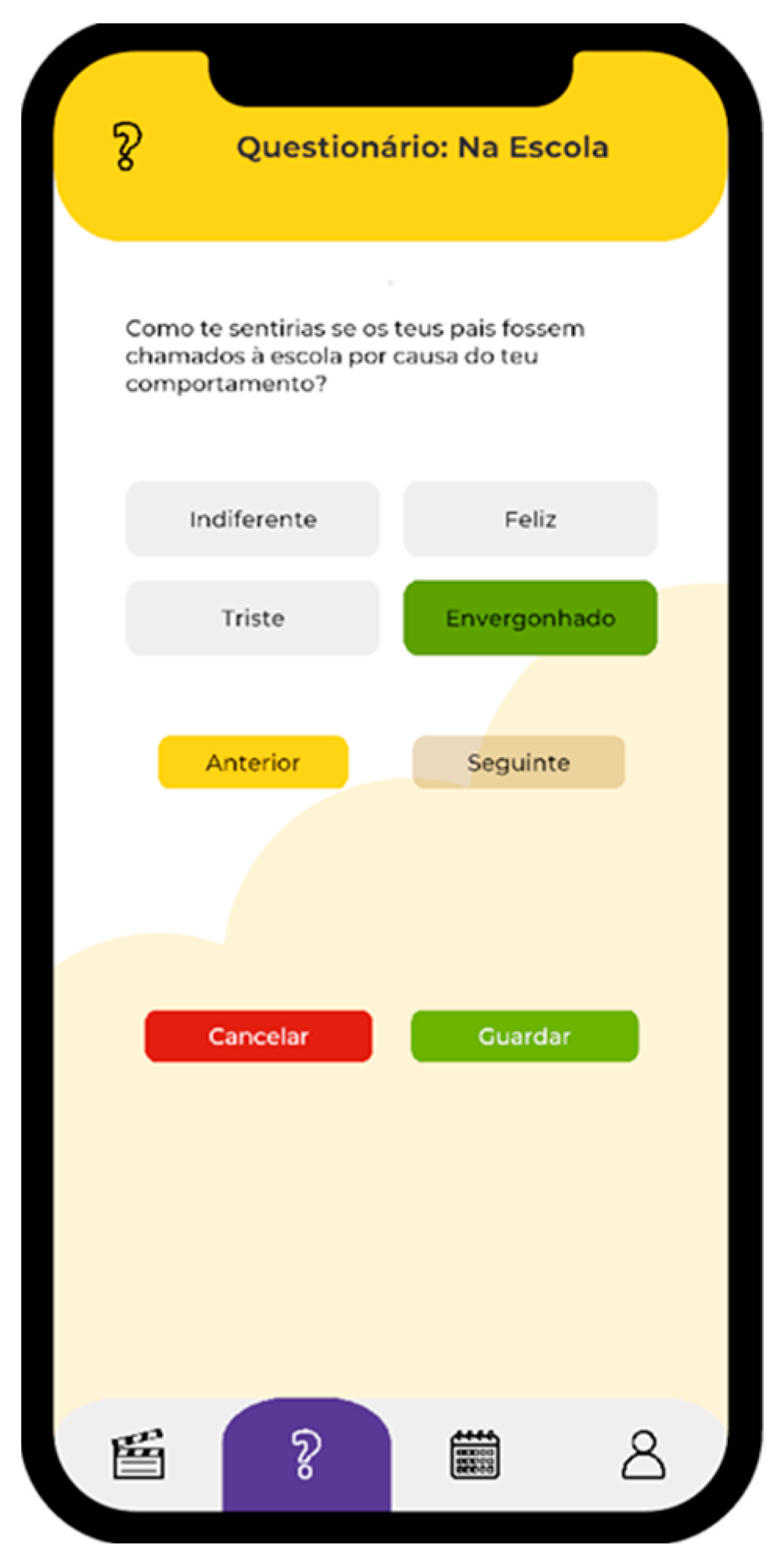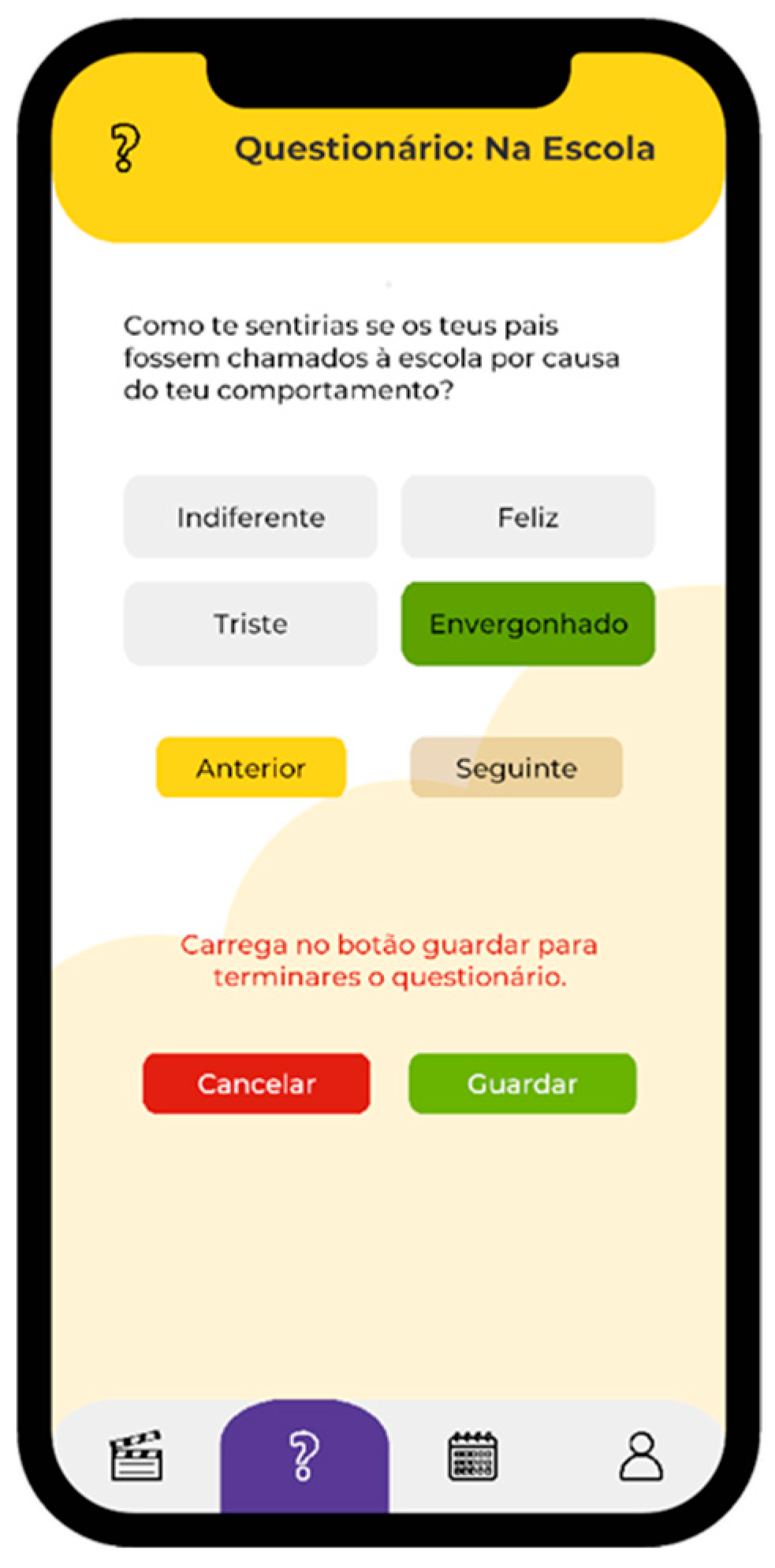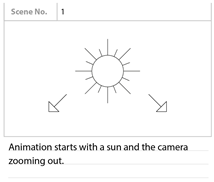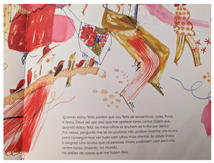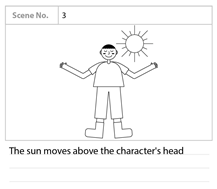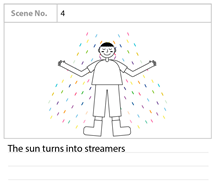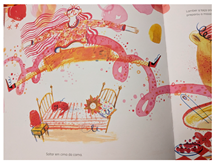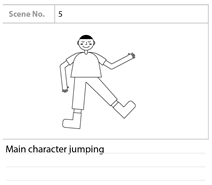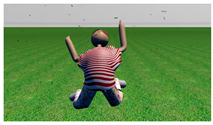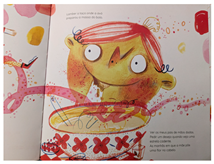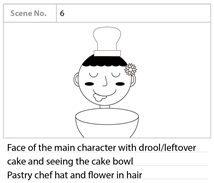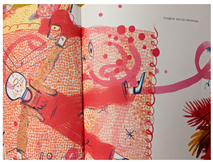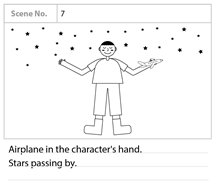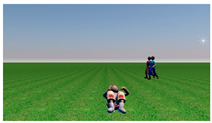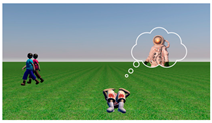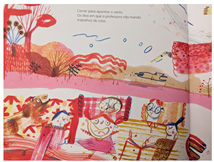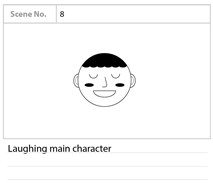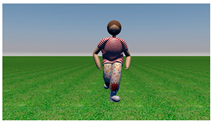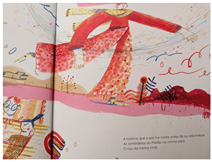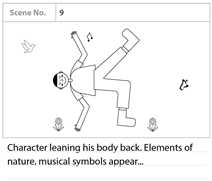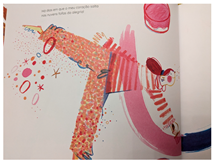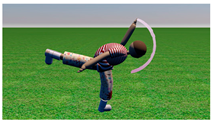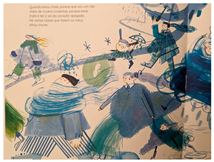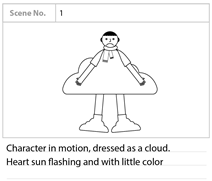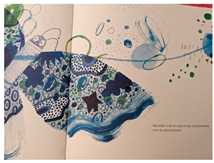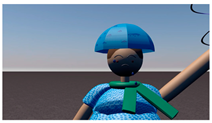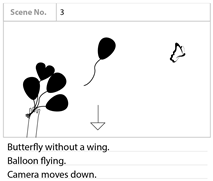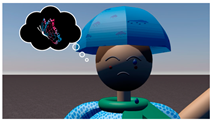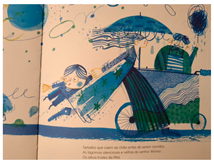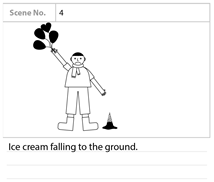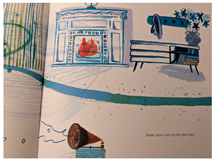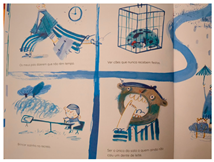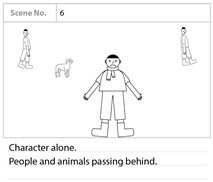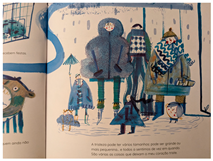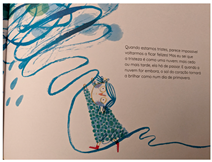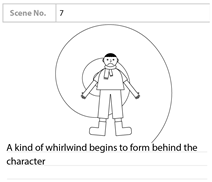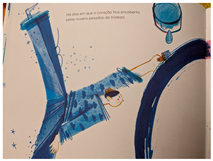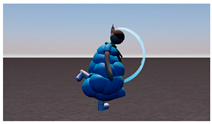1. Introduction
Much of a person’s life is spent at school, which contributes to personal development and the acquisition of new knowledge. Much of this knowledge is not only imparted by teachers but is also acquired via the internet, using devices such as mobile phones, tablets or computers that are part of everyone’s daily life. The fact that mobile devices are considered essential to human life has made teaching more demanding and challenging and consequently requires adaptation to combine traditional teaching with technological development, which is essential if students are to remain motivated and interested (
Huang, 2023).
Currently, gamification is a technique that is gaining prominence in schools to stimulate and captivate interest in teaching, since it intertwines learning with game elements such as animations, narratives, challenges and rewards. This approach not only captivates students’ attention but also develops cognitive, social and emotional skills (
Simões et al., 2013). The use of gamification seeks to create a connection between the student and the subject of the gamified application, encourages the student to learn and helps to combat boredom, as it can be used anywhere. Since the use of technology has made teaching more demanding, it is necessary to promote not only academic skills but also socio-emotional and behavioural skills at school, offering students tools that support emotional intelligence so that children can identify and label emotions (
Marks et al., 2023). Training emotions in childhood improves cognitive abilities, social skills, and academic performance and prevents aggression problems during childhood and adolescence (
Theofanopoulou & Slovak, 2022).
The most effective strategies for using gamification in children’s intrinsic motivation include promoting autonomy and a sense of control, offering immediate feedback, valuing learning through error, introducing elements of cooperation and/or competition between players, being flexible in adapting challenges and progressively increasing motivation by overcoming significant obstacles (
Papoutsi et al., 2024).
Most children’s emotion management and identification skills are shaped by their interactions with their parents, through the way they express themselves about their children’s emotions, talk about emotions in general and express their own emotions, all of which end up influencing the way the child behaves. Parents who are more emotionally aware have strategies for managing their emotions about children and give responses that support and encourage children to express their feelings, which helps to develop emotional intelligence. In contrast, parents’ ignoring, rejecting or repressive reactions to children’s feelings will cause them to hold back on sharing their emotions (
Theofanopoulou & Slovak, 2022;
Seddon et al., 2024). Although there are educational applications aimed at emotional intelligence, there is a scarcity of studies that integrate gamified approaches specifically designed to support parents and teachers in helping children identify and manage their emotions. This study proposes to fill this gap by developing and evaluating a gamified digital application centred on emotional intelligence. To support parents and teachers in helping children to identify and manage their emotions, a gamified application was developed. This application incorporates elements such as narration, interaction, and animation. The app aims to provide a safe and stimulating environment so that children feel comfortable exploring and expressing their emotions. In addition, through a history of data provided by the app, it will be possible to collect more reliable data, helping educators and parents to understand children’s needs and provide the necessary follow-up. The app provides information on feelings and ways to convey and deal with them, along with tips and techniques to help adults and children.
The article follows a conventional structure, with
Section 2 presenting the research method, which is supported by the PRISMA systematic review methodology, where the following have been defined: research questions, inclusion criteria, research strategy, results obtained, data extraction and analysis, and finally the discussion.
Section 3 describes the application development, including the methodology for developing a multimedia project, which is divided into five phases: analysis and planning, design, production, testing and validation, and distribution and maintenance. Finally,
Section 4 shares conclusions and suggestions for future work.
2. Systematic Review of Literature
Scientific studies containing information related to children’s emotional intelligence were analysed in detail. This review was carried out according to the PRISMA systematic review methodology—Preferred Reporting Items for Systematic Reviews and Meta-Analyses (
Page et al., 2021). The following topics are included:
To conduct the research, research questions were formulated on the topics of gamification and emotion control and management. These questions aim to discover solutions that can be used and improved in the future. The questions were as follows:
Question 1: What gamification strategies can be used for managing and controlling emotions?
Question 2: What digital solutions exist for controlling children’s emotions?
Question 3: What strategies can be used to teach emotion management?
The inclusion criteria refer to the characteristics that the articles analysed must have to be selected. The inclusion criteria defined for the study were as follows:
Criterion 1: Studies between 2019 and 2023.
Criterion 2: Studies written in English.
Criterion 3: Studies in which the full text is available.
Criterion 4: Studies in which the participants are primary school children
Criterion 5: Studies that include strategies for identifying their emotions.
The initial search was carried out in two databases of scientific studies, which were ACM Digital (
ACM Digital Library, n.d.) and Scopus (
Scopus, n.d.). The search terms included: “gamification” AND “social and emotional” AND “elementary school”. The search was carried out between October and November 2023. A total of 93 studies were found, of which 71 came from the ACM Digital database and 22 from the Scopus database, as shown in
Figure 1. In the selection phase all 93 studies were analysed, including title and abstract, at which stage 75 studies were excluded because they were not directly related to the topic in question. The remaining 18 studies went on to the inclusion phase and were analysed in their entirety; however, only 5 studies met the established criteria and were therefore selected for the review. After analysing the articles,
Table 1 was developed to present the data extracted from the studies, namely the name of the study, the year of publication, and whether it addresses the topic of video games and augmented reality.
The authors of the study (
Parsons et al., 2019) present the game The Chase, the aim of which is to promote cooperation, trust and empathy between children so that everyone succeeds in the game. This game can be played on electronic devices that are connected to the game server. Each player starts the game with 25 balloons, and the aim is for the team to end up with 60 balloons in total, to escape in a hot air balloon. Players must move their team’s pieces around and away from the monster that follows them throughout the game. If the monster attacks one or more players, five balloons are sacrificed. If they work together to move the pieces, they can avoid the attack, or they can choose to act individually to keep their own balloons. That said, the players must negotiate, discuss their strategies and help each other to advance and win the game.
The study involved 66 children, aged between 7 and 10, who played the game twice in small groups of two to four players. The players were classified as selfish if they only thought of themselves, neutral if they did not threaten or facilitate any player’s moves and cooperative if they helped other players. After the two sessions, it was possible to analyse that the children’s interaction throughout the game revealed different patterns, namely that some children were more determined while others were more reluctant. The results showed that after the game, the children became more pro-social, with a significant increase in cooperative play in the second session compared to the first. According to the feedback from the teachers and students, this is a fun and easy game to play, they expressed a desire to play it again and emphasised the fact that it is for group play.
The authors of the study (
Cejudo et al., 2020) describe an educational video game called Aislados, designed to help improve psychological well-being, to prevent risk behaviours associated with addictions, violence or emotional disorders. The game takes place on a boat trip, in which the characters are students at the end of their course, travelling to a newly discovered island. The player chooses a character who, during the game, interacts with other characters, making decisions that require the implementation of intrapersonal and interpersonal skills. The aim is to understand the different personalities of all the characters, as well as their emotional states, developing a positive affection towards the characters and using emotional intelligence to understand what is happening.
The study involved 187 students, who were accompanied by their teachers so that they could understand the students’ emotional situations and decisions during the game. The results indicated significant improvements in the participants in terms of increased quality of life in terms of health, affective improvements and strengthened mental health. However, no significant improvements were observed in the emotional intelligence trait.
The authors of the study (
López-Faican & Jaen, 2023) developed the
EmpathyAR game, based on Augmented Reality, with the aim of developing empathic abilities through pro-social behaviour; the game offers a variety of situations with the aim of helping users develop their empathic abilities. Unity was used to implement the front-end, incorporating Augmented Reality and AR Location for geolocalisation. For the back end, Django REST was used, a framework for Rest API services, executable on Android devices.
The game presents the player with a list of tasks, with various stages, to complete, some of which are compulsory and others optional. By selecting a task, it is possible to visualise: the progress of the game, which space the user must move to and you can also start the stage. The tasks involve activities such as: helping victims of bullying, helping someone who is distressed and crying, rescuing someone in an emergency, supporting someone with poverty issues, etc. Optional tasks involve, for example, finding characters to help with tasks. Each stage ends with the realisation of an action, where the player must capture 3D objects that are indicated to them. If they capture the wrong objects, they receive negative rewards, and if they capture the right objects, they receive positive rewards. When they have completed the task, the player can see the rewards in the inventory of captured objects.
The study involved 30 students, who were divided into two groups: 15 students were part of the control group, who followed a more traditional strategy, and 15 were part of the experimental group, who tested the application. During the study, the students in the experimental group moved around the school as indicated in the game, while the students in the control group viewed picture cards where they had to select what to do at each step. Both the experimental and control groups began the study with similar levels of social behaviour, however, the experimental group, which played EmpathyAR, showed a significant increase in social behaviour. The results indicate that the game increased the players’ perception of different perspectives and reduced personal anguish, thus showing that the game is initially more effective than traditional approaches.
The authors of the study (
Saleme et al., 2020) focused on the gamification of a social marketing programme, where a comic book was combined with an augmented reality experience, with the aim of promoting empathy and empathetic behaviour in children. Through augmented reality, a pet robot was created, which throughout the story is influenced by the choices made by the user, which affect its well-being and physical development. The programme was applied to 389 children aged between 8 and 12. The results show that the combination of interactive comics and augmented reality engaged the children more, resulting in increased empathy towards others after the programme. It was observed that the children were significantly more empathetic in the post-survey compared to the pre-survey, which indicates that the children increased their ability to understand the feelings of others. However, cognitive empathy and social norms did not change after taking part in the programme.
In the study (
Nicolaidou et al., 2022), the authors developed
the Kids Stress Relief mobile application to help children identify and manage their emotions and recognise body signs of stress. The app includes relaxation exercise tutorials, rewards for completing the activities and five interactive stories. In interactive stories, children need to identify the emotions of the protagonists by selecting one of the options given, after which they are given a verbal explanation of the feelings, followed by questions about how the protagonist should deal with these emotions. The study involved the participation of 20 children, on average 5 years old. The children used the app individually, wearing headphones so that they could hear the narration of the story. When asked about the app, they all remembered parts of the story and were able to describe the essence of it. Of the 20 children, 8 were able to learn a lesson from the story, while only 1 child was able to come up with some tricks to calm anger. Of the 20 children, 4 understood that the aim of the story was for the characters not to feel angry with others, but the authors wanted to show that sometimes it is normal to feel angry but that there are ways of dealing with it. Of the 20 children, 9 could not remember the anger management techniques, and only 1 child could remember more than one anger management technique. Six children described their own techniques, which included hugging a friend, sitting on a chair, collaborating, talking to an adult and playing alone, seven children said that if they were angry, they would not do anything, and some were unable to answer the question.
Based on the studies analysed and the information obtained, the following answers are given to the research questions:
Question 1: What gamification strategies can be used to manage and control emotions? The authors of the study (
Nicolaidou et al., 2022) and (
Parsons et al., 2019) highlight the effectiveness of gamification through storytelling, where users play characters and interact with the story, playing key roles in changing the characters’ emotions or identifying feelings in specific situations. The user’s active participation in the story not only makes it easier to recognise emotions but also makes it easier to remember events, as the user becomes an integral part of the narrative. Studies (
Saleme et al., 2020) and (
Cejudo et al., 2020) have shown that the use of augmented reality has a positive influence on users, as it connects the real world with the virtual world, which ends up involving the user even more, thus enriching the user experience and increasing imagination and creativity. Pair gamification, analysed in the study (
Parsons et al., 2019), encourages players to persist longer in the face of challenges, promoting active learning and reinforcing the value of teamwork, thus fostering collaboration between players. The authors of the studies (
Nicolaidou et al., 2022) and (
Saleme et al., 2020) emphasise the importance of a reward system, which is crucial for maintaining users’ interest and motivation. However, these rewards should not be directly linked to choices related to the characters’ emotions, as this could end up jeopardising the true purpose of the game.
Question 2: What digital solutions exist for controlling children’s emotions?
Although several studies have been analysed, only one of them mentions how the gamified application was developed. The authors of the study (
López-Faican & Jaen, 2023) provide detailed information on the development of the gamified application, using UNITY for the front end and Django REST for the back end. These approaches are effective for developing gamified games and applications, as they make it possible to create immersive, interactive and accessible experiences.
Question 3: What strategies can be applied to teach emotion management?
Breathing, taking time to relax, breathing in and out while counting slowly from 1 to 10.
Clenching your fists and then releasing them, repeating this movement ten times.
Blowing, placing your hands in front of your mouth, forming a tunnel, and blowing hard ten times.
Based on an in-depth analysis of the studies, it was possible to see that there is a great tendency to create dynamic stories and to use augmented reality. Taking this into account, and since it fits in completely with the project in question, the work was directed towards the development of a gamified application. It features the narration of a children’s story, where the essence of the narrative will come to life using augmented reality. The main purpose will be to promote emotional intelligence, encouraging empathy and understanding of emotions in a playful way, as well as stimulating interest in reading. The fact that the user can interact with the story will be a key element as it allows them to get involved in the plot, creating a more immersive learning experience. The book used is entitled “Quando Estou Feliz|Quando Estou Triste” (“When I’m Happy|When I’m Sad”) by the author Joana M. Lopes (
Lopes, n.d.), illustrated in
Figure 2, who kindly agreed to be part of this project. This book explores the feelings of happiness and sadness and is like two books in one, as you can read it from anywhere in the book, either at the beginning, in the middle or at the end, depending on whether you feel sad or happy. This book describes how the character, who is a child, feels when she is happy or sad and what makes her feel that way.
3. Development of the Emotions Application
For the development of the Emotions Application, the methodology adopted corresponds to the development of a multimedia project, which consists of planning, designing, producing and distributing an interactive multimedia application. This methodology was chosen because it offers a flexible, user-centred approach, allowing the project to be divided into phases. The development of a multimedia project is divided into five phases: analysis and planning, design, production, testing and validation, distribution and maintenance. During the analysis and planning phase, a systematic literature review was carried out following the PRISMA protocol to identify best practices in the development of gamified applications for emotional intelligence. The design phase involved defining the functional requirements and creating storyboards to guide the implementation of the interface and interactions. The production phase was divided into two parts: animation development and application development. Technologies such as UNITY for the front-end and PHP for the database connection were used to develop the application, and 4D cinema was used to develop the animation. Testing and validation included an iterative process of collecting qualitative feedback from teachers and students, with successive improvements being made to the interface and content. In the future, it is planned to expand the validation phase with quantitative metrics to measure the application’s impact on emotional learning (
Hanief et al., 2020).
3.1. Animation
To develop the animation, the book “Quando Estou Feliz|Quando Estou Triste” was mapped out so that the pages of the book could be associated with the storyboards created and the respective animation developed. Like the book, the design was divided into two parts, separating “Quando Estou Feliz” and “Quando Estou Triste”. As such,
Table 2 shows the mapping of the “Quando Estou Feliz” part of the book and
Table 3, the mapping of the “Quando Estou Triste” part of the book. The animation was developed in 3D using the animation and modelling tool CINEMA 4D (
Cinema 4D, n.d.), along with the audio narration, using the Adobe Premiere (
Adobe Premiere, n.d.) tool to combine the two.
3.2. Application
To develop the application, UNITY (
Unity, n.d.), was used, which supports C# scripts, and the connection to the database was implemented using PHP (
PHP, n.d.).
The colour scheme used was yellow, purple, grey, green and red. Yellow was chosen as the application’s main colour, as it is associated with childhood and positive emotions such as happiness and fun, which will encourage the use of the application (
Ferris & Zhang, 2016). The most vibrant shade of yellow was used for the screen headers, which contain the title, while the most saturated shade of yellow was used as the background. Grey was used as the background colour for the menu. As it is a neutral colour, it does not provoke any significant emotional reaction in users. Purple was used to create a contrast between yellow, highlighting important elements; this colour is associated with creativity and calm. The green colour was associated with the “save” buttons, where users intuitively understand that this is the correct option to confirm or proceed with the action, and the red colour was associated with the “cancel” buttons, which signals to users that this action will interrupt or undo an operation. Contrast has been considered to ensure legibility, which is essential for a good user experience. The application features a web (World Wide Web), and mobile version generated for each of the situations in the UNITY tool. The interface layout is the same for both types of devices. When you start the application, a home screen is displayed, as shown in
Figure 3, showing the WEB and the mobile version.
On registering with the application, the user automatically has an adult profile, as shown in
Figure 4. An adult can register new children, who are then associated with him or herself. After logging in, the user will see a menu at the bottom of the screen made up of four buttons: the animation button, the quizzes button, the calendar button and the profile button, as shown in
Figure 5.
Selecting the animation button will bring up the animations screen containing the animations described above, and selecting an animation will bring up information and two buttons at the top of the page, one for pause and one for playback. Pressing the play button will start the animation and pressing the pause button, or when the animation finishes, will display the questions related to the animation, as shown in
Figure 6 and
Figure 7.
The application has a quiz screen, where there are two types of quizzes: the basic quizzes that are part of the application and to which all users have access, and the quizzes created by the adult user, which can be viewed by the children associated with them. Allowing adults to create questionnaires will give them greater security and confidence in using the application, as they will be able to moderate the content themselves (
Sandhu & Bhardwaj, 2013). Questionnaires created by the user can be modified and deleted, as shown in
Figure 8.
At the end of answering the basic questionnaires, a message is displayed, which varies according to the answer given by the user. The answers given to the questionnaires are saved and can be accessed by adults, as shown in
Figure 9, when a questionnaire is deleted, all the associated questions and all the data in the history will also be deleted.
The application has a calendar screen where children can express how they feel throughout the day. By selecting the current day, the child will be presented with three ways to express their feelings, through text, emojis or audio, as illustrated in
Figure 10 and
Figure 11. The use of emojis stimulates imagination and creativity and three options are given so that the child can respond autonomously, without the interaction of an adult, since there is a possibility that the child may have difficulty reading or writing (
Sandhu & Bhardwaj, 2013). If the child selects a previous day on which they have recorded their feelings, they will be able to see what they have written and/or listen to what they have recorded; if the user is an adult, they will be able to select each child individually via a dropdown and see the history of feelings reported; if no child has written anything that day, a message will appear informing them that no information has been recorded that day, as shown in
Figure 12.
In addition, the app has a space with tips for adults and children on how to deal with feelings, exercises and tips. There are also three games, which were developed with a focus on entertainment and with a view to representing emotions in some way.
3.3. Testing and Validation
To make it easier for students to access the application and the database, the application was hosted on a server. An HTML (HyperText Markup Language) page was developed with a short explanation of the application and two download buttons, allowing installation for computers and mobile devices, as shown in
Figure 13.
The project was tested in a primary school in the city of Castelo Branco, Portugal, which is part of the TEIP Programme (Educational Territories of Priority Intervention). This programme aims to ensure inclusion and educational success, improve the quality of learning, and combat school dropout rates. Access to educational technology tools that support and motivate students in their learning is a promising strategy that could significantly contribute to the success of this programme.
The tests involved nine classes, from Year 1 to Year 4, with between 22 and 28 students per class, aged between 6 and 12 years old. The participants came from diverse ethnic backgrounds and had different support needs. Informed consent was obtained from the participating children’s school and their parents or guardians. All ethical guidelines were followed, ensuring data privacy and the anonymity of responses. To achieve this, each child was registered on the platform using the name of their pet or favourite hero, making it impossible to identify them individually.
The qualitative data collected during the testing phase was analysed using a structured thematic analysis (
Naeem et al., 2023), focusing on selecting representative excerpts (quotes) from teachers and students to illustrate and support each identified theme.
Initially, the students were introduced to the developed animations, and the theme of emotions was explored by asking whether they knew what emotions were and what made them feel happy or sad. At this stage, several students shared what made them feel happy or sad; however, around 30 children chose not to share, particularly regarding what made them feel sad. Teachers consistently emphasised the need for tools to help work with children’s emotions, especially for those who struggle to express them. One teacher remarked: “It is very important to have tools that help us understand children, particularly those who have difficulty expressing what they feel.”
Next, each student registered with a child profile, choosing the name of a favourite pet or superhero as their login and password, ensuring anonymity. They then had the opportunity to explore the application by answering the questionnaires. At this stage, some issues arose due to the time required for registration and the individual support needed by each student, as well as delays in internet connectivity when loading content directly from the database. To mitigate these issues, adaptations were made to how the tool was presented and how activities were organised. The children were divided into groups that alternated between answering the questionnaires, playing the application’s games, reading the book Quando Estou Feliz|Quando Estou Triste, and playing games with the +Power console.
Several suggestions were made by teachers regarding the application’s questionnaires to make them more accessible and effective. One teacher suggested: “I think the questions could be shorter and use simpler terms for younger children.” Another teacher proposed: “It would be interesting to have questionnaires that explore how children feel when they change other people’s emotions.” Based on these observations and the feedback received, modifications were made to the questionnaires, additional informative messages and buttons were added, and the font size was increased throughout the application, as illustrated in
Figure 14 and
Figure 15.
It was also noted that Year 1 and Year 2 students had difficulties in reading and interpreting the questionnaires; however, some children were able to answer with the support of an adult. As one teacher reported: “Year 1 and 2 students had some difficulty reading and understanding the questions, but with support, they managed to answer.”
Meanwhile, Year 3 and Year 4 students completed the questionnaires more independently, allowing teachers to observe their responses, which in some cases surprised them. Teachers made remarks such as: “What a surprising choice, I can’t believe it!”, “I would never have guessed that this child would answer this way”, and “Is this how you think? I would never have said so…” This aspect highlights how digital tools for managing emotions can be valuable in helping teachers better understand their students. In other words, the application could be a useful tool for helping teachers understand how children feel in certain situations, enabling them to intervene more effectively and promptly. This is particularly relevant in educational contexts such as the TEIP Program, where inclusion and academic success are key priorities.
4. Conclusions
An interactive and playful tool has been created that not only helps children to reflect on their feelings but also provides adults with accurate data for proper emotional monitoring of children. It is believed that this application can play a crucial role in promoting emotional intelligence in children, contributing to the formation of healthier social relationships and more informed decisions from an early age.
Initially, we began by researching scientific articles on children’s emotional intelligence, which allowed us to define how the application would be developed and the tools to be used. The application’s development phase made it possible to transform theoretical concepts into practical and interactive elements and the development of the animations provided a basis for exploring feelings of happiness and sadness and making the application experience more engaging.
The methodology used to develop a multimedia project was the analysis and planning phase, the design phase, the production phase, the testing and validation phase and finally the distribution and maintenance phase, which will be considered in future work. This methodology proved to be very efficient as it allowed the necessary adaptations to be made based on the feedback obtained.
The software used for the production phase: CINEMA 4D, for the animations; the development of the application was carried out in UNITY, a very popular tool for game development; finally, PHP was used to connect to the database.
Tests of the tool were carried out with children aged between 6 and 12, which proved to be very important in validating the application and making the necessary adaptations to adjust the language and complexity of the content to the different age groups. The teachers’ suggestions during the tests were particularly valuable and led to improvements such as shorter sentences, more intuitive interfaces and additional quizzes to explore emotions, which in specific contexts are crucial for future iterations. The integration of technology as an educational tool has shown promise, providing new forms of interaction between teachers and children.
As future work, it is proposed to implement new functionalities such as adding images, videos or audio to the questions, enabling children to have multiple supervisors, thus allowing parents and teachers to be included. The creation of statistical tools to analyse the answers, especially for teachers who want to better understand the general context of the class and make adaptations accordingly. The accompaniment of a primary school teacher and a psychologist will ensure that the application is not only educationally sound but also relevant and engaging for the children. Entering the age of the children could also allow for more personalised content, as well as more objective statistics. New tests should also be carried out to ascertain the statistical analysis and understand user involvement and its long-term impact.
Finally, the last phase of the multimedia project, the distribution and maintenance phase, will be the next step, which will involve optimising the application’s performance and updating it. It is hoped that the creation of this project will encourage the development of future innovative and effective educational tools that use gamification elements, thus combining learning with game elements to keep children motivated and interested.
